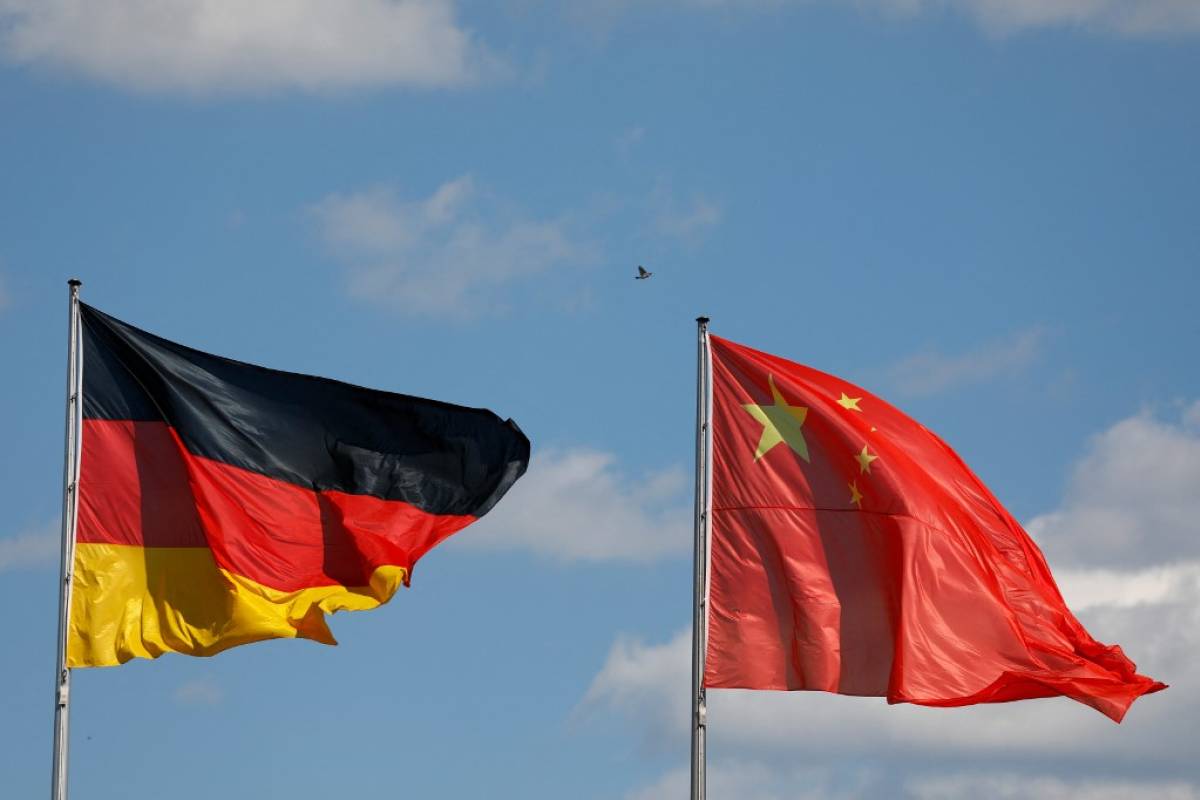
AFP, published on Tuesday 05 April 2022 at 07h32
From farmers to traders, inflation has become the number one concern and they all say they are already feeling the effects of rising prices, especially since “everything has been shattered by the war in Ukraine”.
“We see prices starting to rise,” said Emily Mayer, a consumer goods expert at the IRI Institute, which publishes a monthly survey of supermarket prices.
“In February we measured an increase of 0.6% compared to 2021, in March we are at 1.5%.”
This movement will increase as food producers have generally been given a higher price for their products in supermarkets, after the last trade talks, which ended on March 1, mainly because the government has already asked actors to sit down again. .
Agro-industrialists must pass on new additional costs with the war in Ukraine – a leading agricultural producer banned from exporting – and the bird flu decimating farms. The price of many ingredients is skyrocketing: flour, oils, wheat, milk, eggs and meat…
During the negotiations, “we had made forecasts based on price estimates in October”, which have nothing to do with the current “staggering proportions” of additional costs, said AFP Didier Boudy, who chairs the federation. (FEB).
Butter – “essential, we put it everywhere” – stood at 7.50 euros per kilo at the end of March, he illustrates. “In October-November we were counting on 5 euros and two years ago we were at 3.50 euros.”
“Everything has been destroyed since the war in Ukraine,” observes Frédéric Chartier, particularly at the head of a breeding of 40,000 free-range chickens in the Côtes-d’Armor.
By July, he estimates that feeding his poultry will cost 500 euros more per day, or 15,000 euros more per month. It would therefore be necessary to “raise the selling price by an average of 1.35 cents per egg, which is really significant”.
Manufacturers are also affected by the rise of energy, transport and packaging.
– Feeling of “downgrading” –
Supermarkets, for their part, try to pass on as little price increases as possible in order to retain their customers.
Emily Mayer expects “5% overall” of the average price increase, or “the level observed in 2008”.
An average that masks the differences by product: pasta has already risen sharply, by 13% compared to 2021, oils by 7.4%, flour by 7.1%, sugar by 4.2%, Emily Mayer lists, and the movement could continue.
This will not be neutral for many consumers, starting with the most modest, recalls UFC-Que Choisir consumer association president Alain Bazot. “For the bottom 20%, food weighs 17% of the budget, compared to 10% for the top 20%.”
In addition, “other limited expenditure items have soared and weigh on the budget of the French,” notes Emily Mayer, who expects both a “regulation on the quantity” of the consumer, especially on purchases “pleasure”, confectionery, beauty for example, and a search for cheaper purchases.
Among the less wealthy French, those “who prefer to consume national brand products will turn to private labels, those who buy private labels at lower prices”, agrees Alain Bazot, who warns of the feeling of “degradation” that could emanate from the “frustration of not consuming as one would like”.



